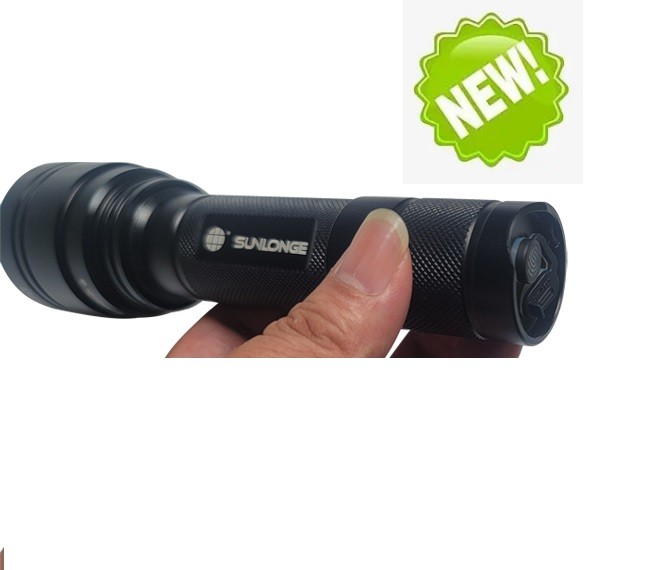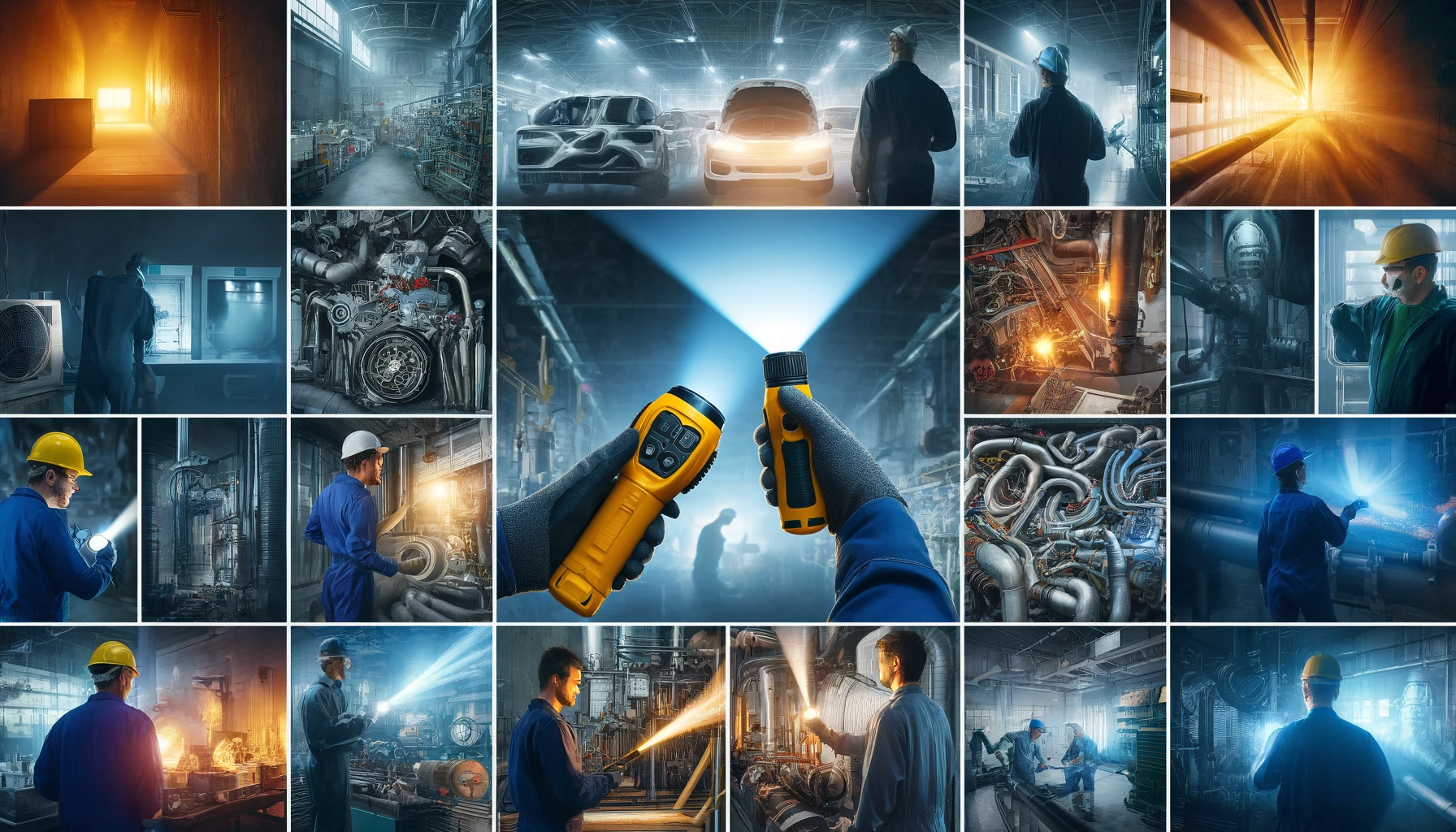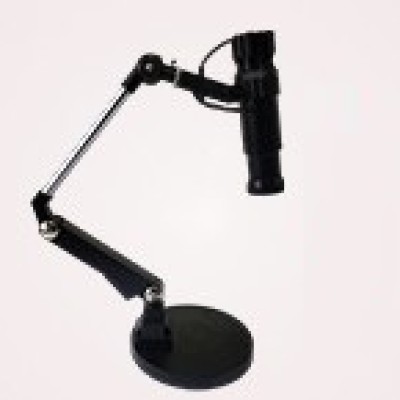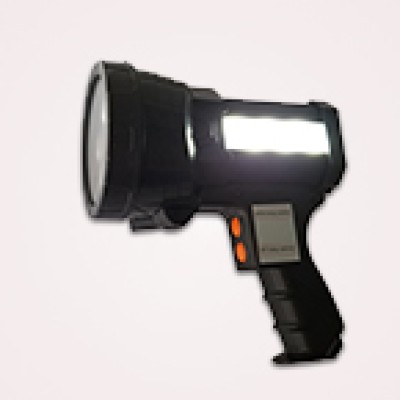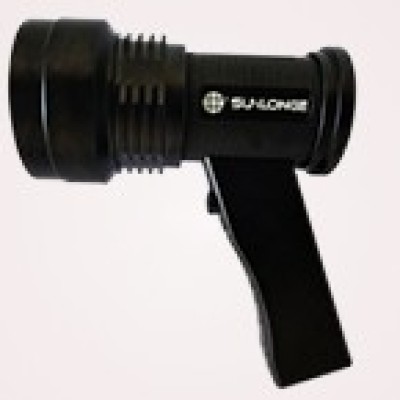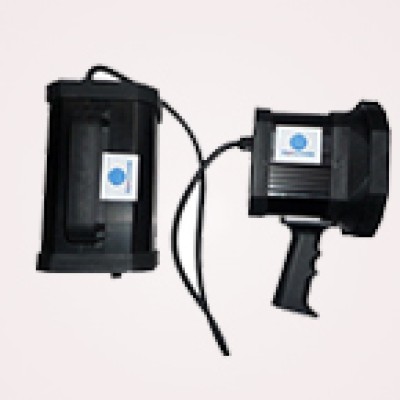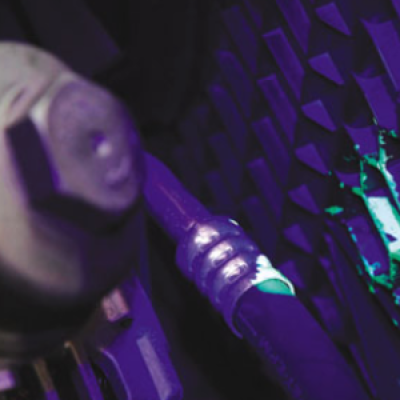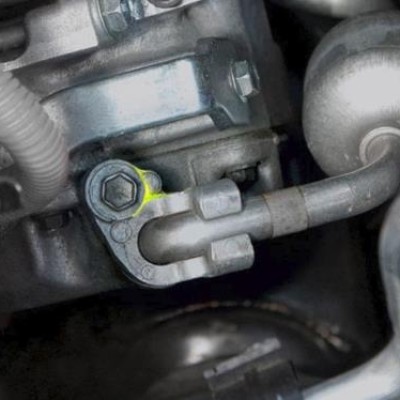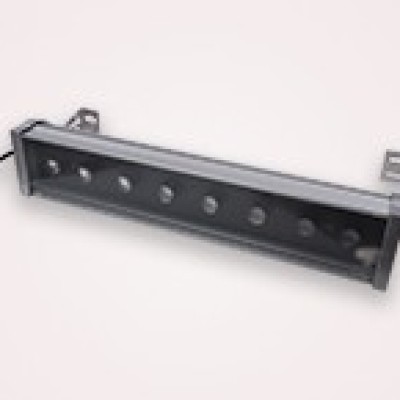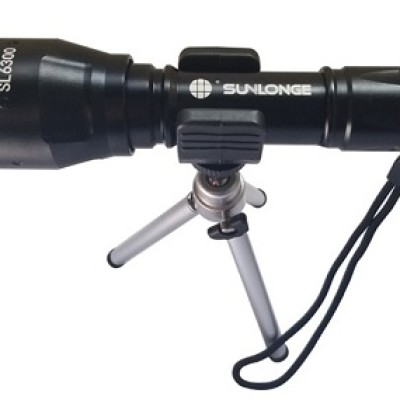Simplifying Leak Detection with UV Flashlights
Detecting leaks in systems that convey or retain fluids poses numerous challenges with traditional methods. Newer UV leak detection flashlights offer a simple, fast and non-invasive solution for pinpointing the exact location of leaks by making pressurized fluids glow brightly under UV light.
This article examines common inspection applications, key statistics and main benefits of using UV leak detection flashlights over traditional auditory, visual and invasive leak testing techniques.
Common Leak Detection & Inspection Applications

UV flashlights enable quick inspection for leaks across various industrial and commercial applications, including:
Air Conditioning and Refrigeration Systems – Find leaks in lines, coils, condensers, valves and fittings causing costly refrigerant gas loss.
Automotive Systems – Detect leaks causing dangerous brake, transmission, oil, fuel, and coolant fluid loss or contamination in engines, lines and components.
Plumbing Systems – Identify water leak sources in toilets, sinks, tubs, main lines causing extensive property damage and high utility bills.
Gas Systems – Test propane, natural gas and industrial gas systems for hazardous combustible gas leaks putting properties and lives at risk.
HVAC Systems – Inspect commercial packaged rooftop units, VAV boxes, ductwork and piping for energy-robbing refrigerant leaks degrading system efficiency.
Comparing Key Leak Detection Flashlight Statistics
95%+ Leak Detection Accuracy Rate
UV flashlights accurately pinpoint the exact location of leaks down to holes as small as 0.007 inches that traditional methods cannot reliably detect. Their specificity essentially eliminates false leak detections.
60%+ Faster Leak Isolation
Instead of slowly surveying entire systems, technicians can simply scan units with UV light and immediately spot precise pressurized leak locations when fluids begin glowing. This expedites pinpointing failure areas.
80% Less Equipment Downtime
UV inspections prevent facility managers needing to shutdown functioning AC systems or halt entire production lines for access when conducting invasive soap bubble or hydrostatic testing. Portable and non-invasive flashlight testing preserves operations integrity.
70% More Cost Effective Solution
The affordability of UV flashlights coupled with accelerated leak discovery translates into greatly reduced operating costs from less labor time investment, lower business disruption expenses and minimized repair costs over traditional leak detection methods.
In-Depth Comparison: UV Flashlights vs. Common Leak Testing Techniques
Here we analyze crucial advantages UV leak detection flashlights offer over most frequently utilized legacy leak testing approaches across industries:
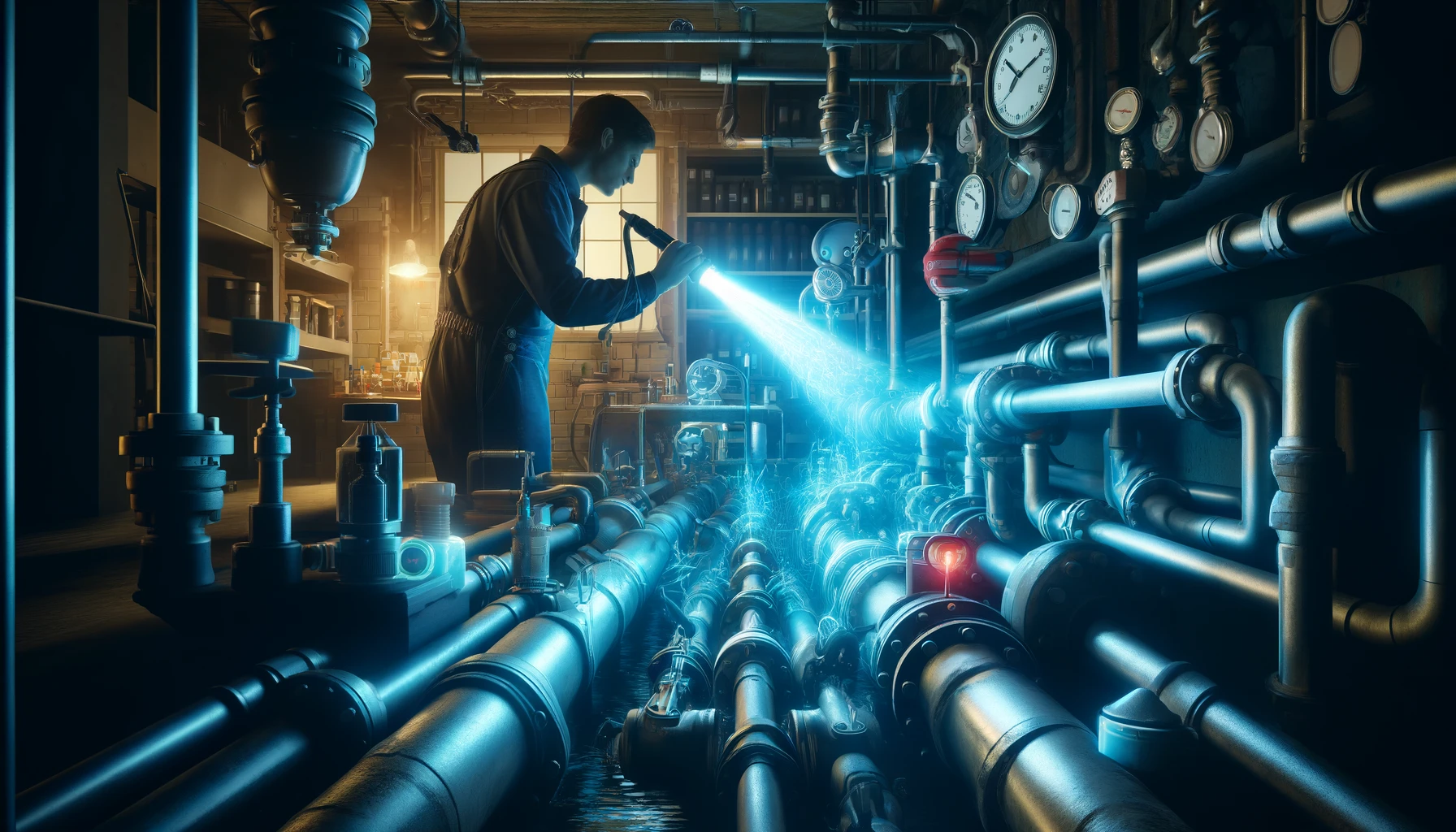
UV Flashlights vs. Soap Bubble Testing
- Foaming soap tests are messy requiring extensive post-assessment cleanup time and materials. Masking leaks is also commonplace since technicians must directly swab test points.
- Components often need partially disassembled to swab fittings and visually inspect bubble formulation one by one, escalating costs.
- UV light instantly illuminates entire fluid leak streams regardless of location proximity to technicians or access difficulty.
UV Flashlights vs. Gas Detection Spray Testing
- Special aerosol sprays merely indicate gas fume presence in general vicinity versus illuminating precise leak locations from components.
- Personnel must wear bulky protective equipment when testing hazardous emissions during leak checks.
- UV flashlights definitively highlight the exact leak source area for swift mitigation without risky emissions exposure.
UV Flashlights vs. Water Penetrant Testing
- Water-based dye tests create substantial messy requiring rigorous containment and hazardous material disposal protocols before and after assessments.
- Components must be thoroughly cleaned after penetrating fluid application to prevent corrosion and harmful buildup.
- Non-invasive UV light safely displays glowing leakage locations for immediate remediation without impacting system integrity or quality.
UV Flashlights vs. Hydrostatic Testing
- Hydro testing requires over-pressurizing entire systems well beyond typical operating conditions, risking new leak creation and irreversible damage to components.
- It shows merely pass/fail integrity results unlike UV pinpointing every single leak source present on units.
- No safety risk exists in flashing UV lights across equipment already operating under pressure. Portable handheld devices can test small sections in isolation.
Uncovering Key Benefits of Utilizing UV Leak Detection Flashlights
UV leak detection flashlights greatly simplify finding pressurized equipment fluid leaks by consolidating extremely practical advantages:
- True portability allows comprehensive scanning of assemblies in confined spaces without requiring teardown.
- Instant fluorescent fluid illumination precisely identifies failure spots for prompt remediation often while systems run.
- Substantial cost efficiency derived from accelerated inspection times, limited downtime and lower repair expenses.
- Simple operation enables quick leak checks by all technicians regardless of past leak testing experience.
- Safe usage on systems under typical or even elevated operating pressure conditions greatly reduces business disruption.
- Durable flashlight construction withstands demanding field service work environments.
Pinpointing HVAC and Automotive Leaks
Two major applications where UV flashlights excel at finding suspected leaks include:
Locating Automotive Leak Sources
Pour UV dye into fluids from leaking vehicle systems like oil pans, radiators, transmissions, fuel tanks or other critical assemblies. The dye mixes invisibly within fluids. Use the UV flashlight to scan hoses, seals gaskets and connections. Glowing streams instantly showcase failing areas on components still mounted in vehicles. Identify the source in minutes without teardowns to schedule targeted repairs.
Checking HVAC Systems for Refrigerant Leaks
AC systems commonly spring difficult-to-locate refrigerant leaks degrading cooling capabilities over time. Attach a UV dye injector to HVAC units and activate to mix detectable dye into the refrigerant charge. Use the flashlight around ducting, piping, condenser coils and evaporator components during operation to spot glow indications refrigerant is escaping. Isolate failures rapidly to prevent worsening operational and efficiency declines.
Additional Applications to Consider
Beyond automotive and HVAC inspections, several other impactful applications exist where UV leak detection delivers advantages over traditional methodologies:
- Testing aircraft hydraulics, fuel systems and engine assemblies for fluid loss.
- Inspecting commercial roofing, windows and building seals for water leakage during storms.
- Checking manufacturing facility compressed air lines for outlet pressure loss prevention.
- Monitoring food processing equipment clean-in-place (CIP) systems for problems.
- Evaluating stadium weatherproofing, irrigation systems and pool plumbing for deficiencies over time.
Conclusion
UV leak detection flashlights provide technicians across every industry a vastly superior solution over traditional invasive, messy and slow leak testing methods. By instantly illuminating pressurized fluid leakage streams, portable UV flashlights enable non-invasive inspections that precisely showcase escape locations in minutes. Their safety, accuracy and cost saving capabilities over legacy techniques revolutionize how modern businesses approach finding and mitigating problematic equipment leaks impacting operations. Employing the latest quick-scan UV flashlight leak detection technology allows organizations to maximize safety, system reliability and overarching efficiency.
 CN
CN

